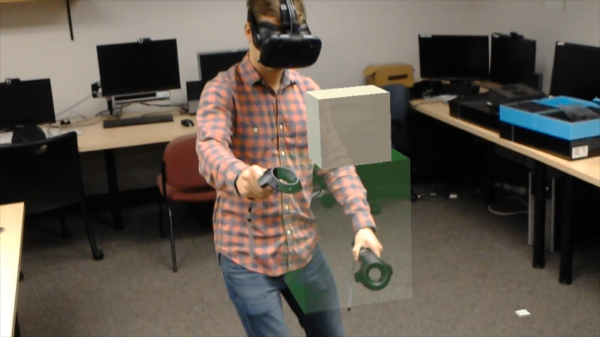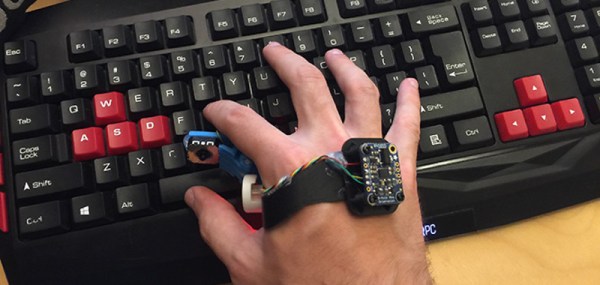An experimental project to mix reality and virtual reality by [Drew Gottlieb] uses the Microsoft Hololens and the HTC Vive to show two users successfully sharing a single workspace as well as controllers. While the VR user draws cubes in midair with a simple app, the Hololens user can see the same cubes being created and mapped to a real-world location, and the two headsets can even interact in the same shared space. You really need to check ou the video, below, to fully grasp how crazy-cool this is.
Two or more VR or AR users sharing the same virtual environment isn’t new, but anchoring that virtual environment into the real world in a way that two very different headsets share is interesting to see. [Drew] says that the real challenge wasn’t just getting the different hardware to talk to each other, it was how to give them both a shared understanding of a common space. [Drew] needed a way to make that work, and you can see the results in the video embedded below.
Continue reading “Sharing Virtual And Holographic Realities Via Vive And Hololens”

















